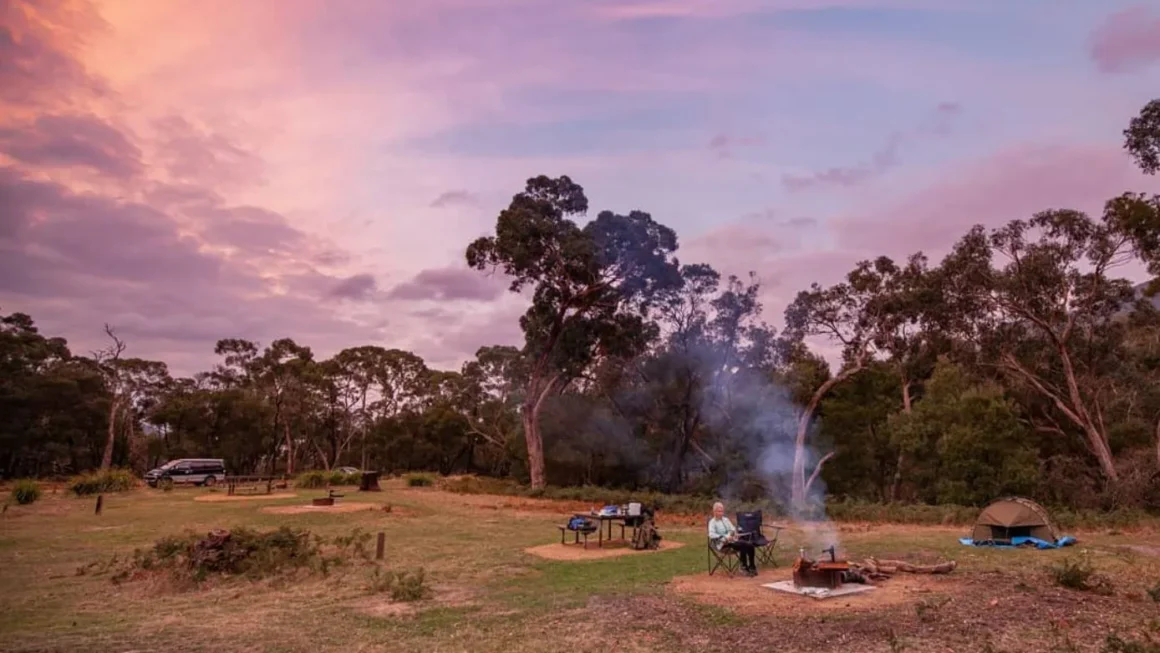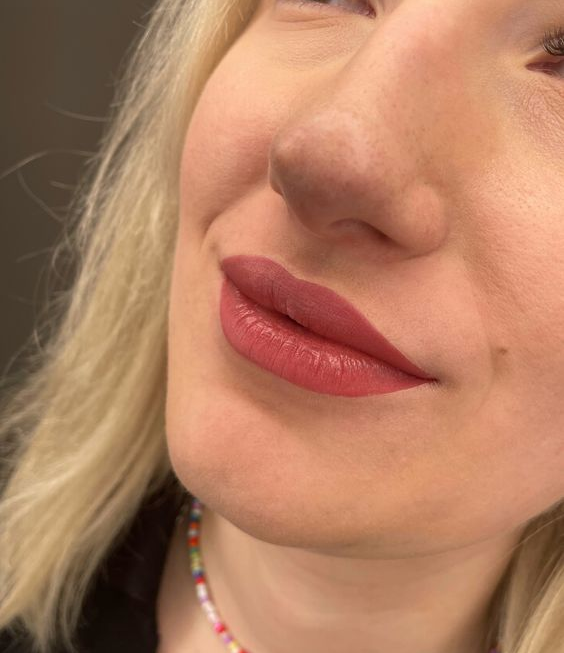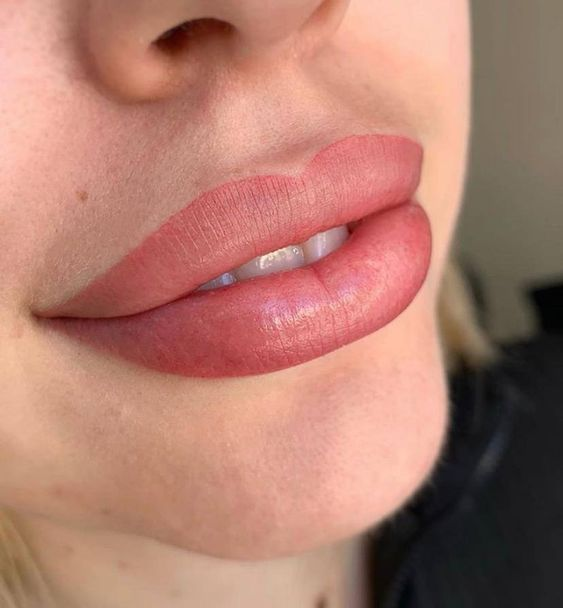If you’ve been struggling with tiny, persistent bumps on your face that don’t seem to be acne, you’re not alone. These perplexing skin irregularities can dampen your confidence and leave you searching for answers. While they may mimic the appearance of acne, these small nuisances often require a different approach for effective treatment. In this article, we’ll explore the nature of these bumps, and equip you with various strategies and remedies for achieving the smooth complexion you desire.
Differentiating Between Acne and Other Skin Bumps

Acne is typically characterized by its red, inflamed appearance and can often be accompanied by whiteheads or blackheads. However, small bumps on your face that aren’t acne might be milia, closed comedones, or a result of conditions such as keratosis pilaris or rosacea. Determining the type of bumps you have is crucial for finding the right treatment.
Common other causes of facial bumps include trapped dead skin cells, product build-up, or an allergic reaction. External factors such as the environment, your diet, and even stress can play a role in their appearance. It’s essential to observe when the bumps appear and any changes in your lifestyle that may coincide with new outbreaks.
Top Strategies for Smoothing Out Your Complexion

Skincare Routines to Combat Small Bumps
The first step in addressing your skin’s texture is to refine your skincare routine. A regimen that supports skin health can prevent and reduce small bumps. Begin by using a gentle cleanser that doesn’t strip your skin of its natural oils but effectively removes impurities. Be vigilant about cleansing your face twice daily and after sweating.
Exfoliation is another key element, but it’s a balance that needs to be struck. Over-exfoliation can damage your skin’s protective barrier, whereas too little doesn’t adequately aid in cell turnover. A chemical exfoliant containing AHAs or BHAs works well for many, applied a few times per week. Always follow up with a moisturizer designed for your skin type.
- Select a mild cleanser suitable for your skin type.
- Integrate a balanced exfoliation routine with chemical exfoliants.
Nourishment and Protection for Bump-Prone Skin
Sensitive or bump-prone skin still requires proper hydration and protection. Opt for hypoallergenic, non-comedogenic moisturizers to prevent further issues. Look for ingredients like hyaluronic acid and glycerin which draw moisture into the skin without clogging pores. Additionally, never overlook the importance of daily sun protection – UV rays can exacerbate skin texture problems and lead to premature aging.
The right sunscreen for textured skin should be oil-free and provide broad-spectrum coverage. Reapply it every two hours when you’re in direct sunlight. If you’re prone to forgetting, set reminders or choose makeup products with built-in SPF protection for additional layers of defense.
What to Avoid: Common Mistakes That Can Worsen Your Skin’s Texture
Just as important as the products you use are the ones you don’t. Avoid skincare with heavy fragrances, alcohol, or other irritants that can cause bumps to flare. And while it may be tempting to try every new skincare trend, consistency with proven products is more effective than constantly switching routines.
Besides skincare ingredients, consider your lifestyle habits. Touching your face frequently, inadequate sleep, and a diet high in processed foods can all contribute to skin texture issues. Take time to assess and adjust these habits as needed to promote clearer skin.
Advanced Treatments for Stubborn Skin Bumps
When to Consider Professional Help
| Professional Treatment | Description | Typical Session Length |
|---|---|---|
| Laser Therapy | Uses concentrated light to target and improve skin texture. | 30-60 minutes |
| Chemical Peels | Applies a strong acid to exfoliate the skin deeply. | 30-90 minutes |
| Prescription Topicals | Stronger creams or gels prescribed to enhance skin renewal. | N/A (used at home) |
If you’ve implemented over-the-counter solutions with limited success, it may be time to consult a dermatologist. There are numerous professional treatments like laser therapy, chemical peels, or prescription topicals that can make a significant difference. These options should be tailored to your specific skin type and condition, so a thorough consultation is essential.
Remember, these treatments often require multiple sessions and a period of recovery, but the results can be transformative. Always follow your dermatologist’s post-treatment guidance to ensure the best outcomes and prevent any complications.
Natural Remedies and Home Solutions
DIY Masks and Scrubs for Clear Skin
For those who prefer a more natural approach, there are several DIY options that can mitigate small bumps. Ingredients like honey, oatmeal, and yogurt have properties that soothe and exfoliate the skin gently. However, always patch test home remedies before applying them to your entire face.
- Honey and cinnamon mask: antimicrobial and soothing.
- Oatmeal scrub: gently exfoliates without harsh abrasives.
Lifestyle Adjustments for Better Skin Health
External skin care is just one side of the coin; your internal health radiates outward. Implementing dietary changes such as increasing your intake of omega-3 fatty acids (found in fish and flaxseeds) and antioxidants (fruits and vegetables) can support skin health. Hydration is also key; aim for at least 8 glasses of water per day.
Stress can manifest on your skin, so incorporating stress-reduction techniques such as meditation, yoga, or regular exercise can help. Ensuring you get enough sleep each night is crucial not only for your skin but your overall well-being.
Conclusion
Understanding that small bumps on your face can be a source of frustration when they’re not related to acne. By incorporating the strategies we’ve discussed, from refining your skincare routine to seeking professional treatments and optimizing your lifestyle, you’re stepping into a world where smooth, clear skin is within your reach. Remember, consistency is key. Give these methods time to work, and you’ll likely see a marked improvement in the texture of your skin. Don’t hesitate to consult with a dermatologist for personalized advice tailored to your specific skin needs.
FAQs
Q1: Can over-the-counter products help to get rid of small bumps on my face?
A1: Yes, many over-the-counter products containing exfoliating acids like salicylic acid, glycolic acid, or lactic acid can help to smooth out small bumps by promoting cell turnover and unclogging pores.
Q2: How long does it take for the bumps to go away after starting a new skincare routine?
A2: The time it takes for bumps to improve can vary depending on the cause and the treatment method. However, it can take several weeks to see a noticeable difference with consistent skincare applications.
Q3: Are small bumps on the face always related to skincare products?
A3: Not necessarily. Small bumps can also be caused by factors like genetics, environmental triggers, or medical conditions, and not just the use of skincare products.
Q4: Is exfoliation always recommended for treating small bumps on the face?
A4: While exfoliation can help in some cases, over-exfoliation can actually aggravate the skin and worsen bumps. It’s crucial to find a balance and perhaps consult with a dermatologist for the best exfoliation practices suitable for your skin.
Q5: Can lifestyle changes really improve the texture of my skin?
A5: Absolutely. Diet, stress levels, hydration, and sleep can all impact your skin’s health. Making positive changes in these areas can help in clearing up small bumps and enhancing overall skin texture.



